In a landmark move set to reshape India’s entertainment industry, Tata Play and Bharti Airtel’s DTH business have joined forces to create a powerhouse in the Direct-to-Home (DTH) sector. The merger, forming the new entity ‘Tata Bharti,’ is poised to redefine competition, challenge existing players, and accelerate the transition to Over-the-Top (OTT) streaming services. As consumer preferences shift toward digital content, this consolidation signals a major transformation in how India watches television.
Here’s a closer look at the ripple effects of this mega-merger.
Impact on the DTH Market and Competition
The merger is likely to have a significant impact on the current market competition. With two major players joining forces, they will have a larger share of the market and potentially more resources to invest in expanding their services and improving their technology. This could result in increased competition for the remaining players in the market, making it more challenging for them to attract and retain customers.
Additionally, the merger may also lead to changes in pricing strategies and service offerings in the DTH market, as the combined entity seeks to maximize its market share and profitability. This could benefit consumers by potentially leading to lower prices and more innovative services, but it could also make it more difficult for smaller players to compete effectively.
Overall, the merger is likely to shake up the existing dynamics of the DTH market in India and could result in a more consolidated and competitive landscape for consumers and businesses alike.
Reshaping the Indian DTH Industry
According to TRAI’s Indian Telecom Services Performance Indicator Report for the quarter ending September 2024, the Indian DTH industry has been witnessing a steady decline, with subscribers dropping from 70 million in FY21 to 60 million in FY24. The merger will result in a combined subscriber base of approximately 35 million, giving the entity a commanding position in the market. This will put immense pressure on other DTH players, such as Dish TV and Sun Direct, which may struggle to match the scale and bundled service offerings of the new entity.
With increased competition from the merged company, smaller DTH players might find it challenging to sustain operations. Dish TV, which has already been grappling with financial challenges, could see further subscriber erosion. Sun Direct, with its stronghold in the southern markets, may need to innovate its offerings to maintain its user base.
Shift to OTT and Changing Consumer Preferences
One of the biggest challenges for DTH providers is the rapid transition of consumers to over-the-top (OTT) streaming services. The decline in pay-TV subscriptions is largely attributed to the growing penetration of high-speed internet and affordable smart TVs, which have enabled seamless access to platforms like Netflix, Amazon Prime Video, and Disney+ Hotstar. The total active subscriber base for Direct-to-Home (DTH) services has experienced a decline of 2.26 million subscribers in the third quarter of 2024. According to TRAI’s report, the total active subscriber base decreased from 62.17 million in June 2024 to 59.91 million in September 2024.
Recognizing this trend, both Airtel and Tata Play have already expanded their digital offerings. Airtel’s Xstream service and Tata Play Binge have positioned themselves as content aggregators, bundling multiple OTT platforms into a single subscription. The merger will likely accelerate these efforts, with the combined entity leveraging its resources to enhance content aggregation, broadband integration, and hybrid set-top boxes that facilitate both DTH and OTT streaming.
Regulatory and Financial Considerations
The Tata Bharti Group may face regulatory hurdles in merging their DTH businesses due to competition concerns and issues related to market dominance. The merger could potentially lead to anti-competitive behavior unless the companies can demonstrate that the merger will not harm competition in the market.
Additionally, regulatory bodies such as the Competition Commission of India (CCI) may scrutinize the merger to ensure that it complies with competition laws and does not result in a monopoly situation. The companies may need to provide evidence that the merger will benefit consumers in terms of increased choice, improved services, and competitive pricing.
Other regulatory hurdles could include compliance with broadcasting regulations, licensing requirements, and spectrum allocation rules. The companies will need to ensure that they meet all legal obligations and obtain necessary approvals from regulatory authorities before proceeding with the merger.
Way Ahead
This merger signifies a strategic response to the changing media landscape. While it creates a stronger entity capable of competing in the shrinking DTH market, it also underscores the growing dominance of OTT platforms. To remain relevant, the merged company must focus on digital transformation, offering seamless hybrid solutions that integrate DTH, broadband, and OTT services. As consumer preferences evolve, the success of this merger will depend on how effectively the new entity adapts to the digital-first era.



















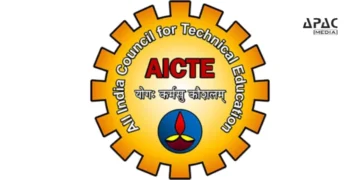

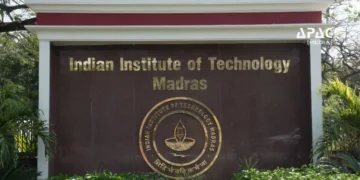






















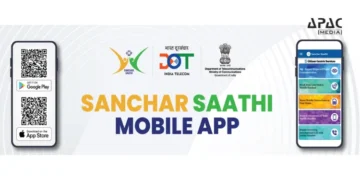


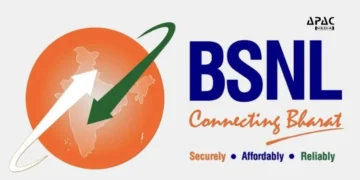






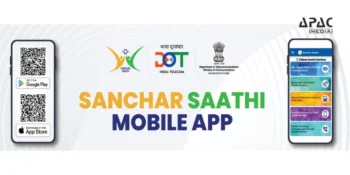



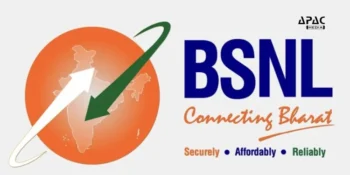







Discussion about this post